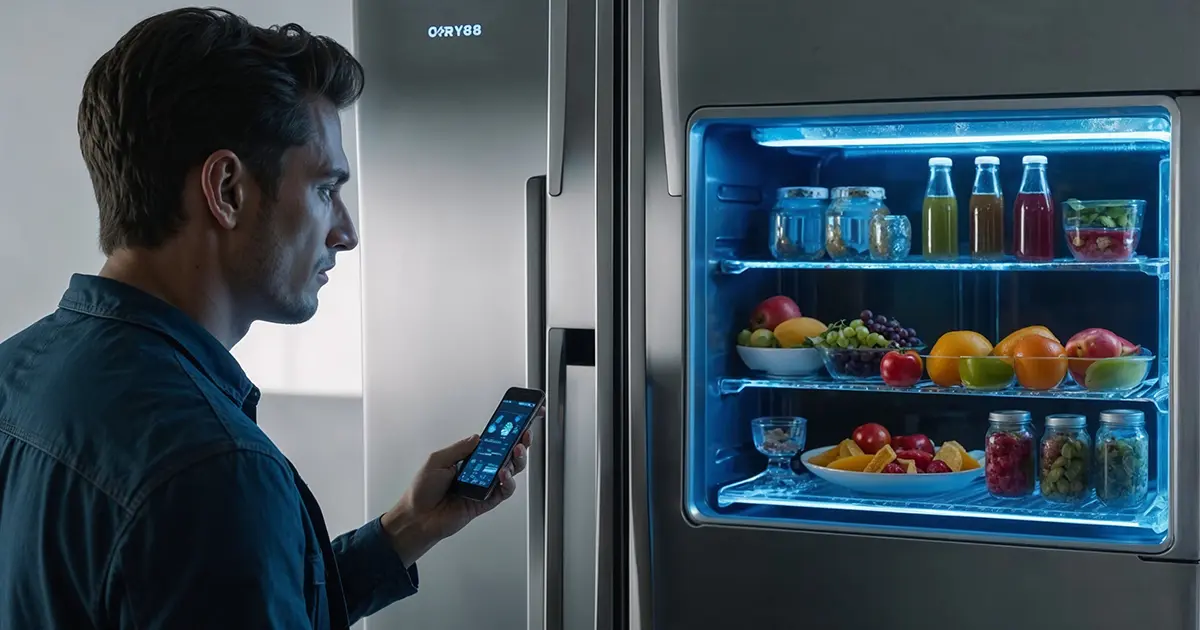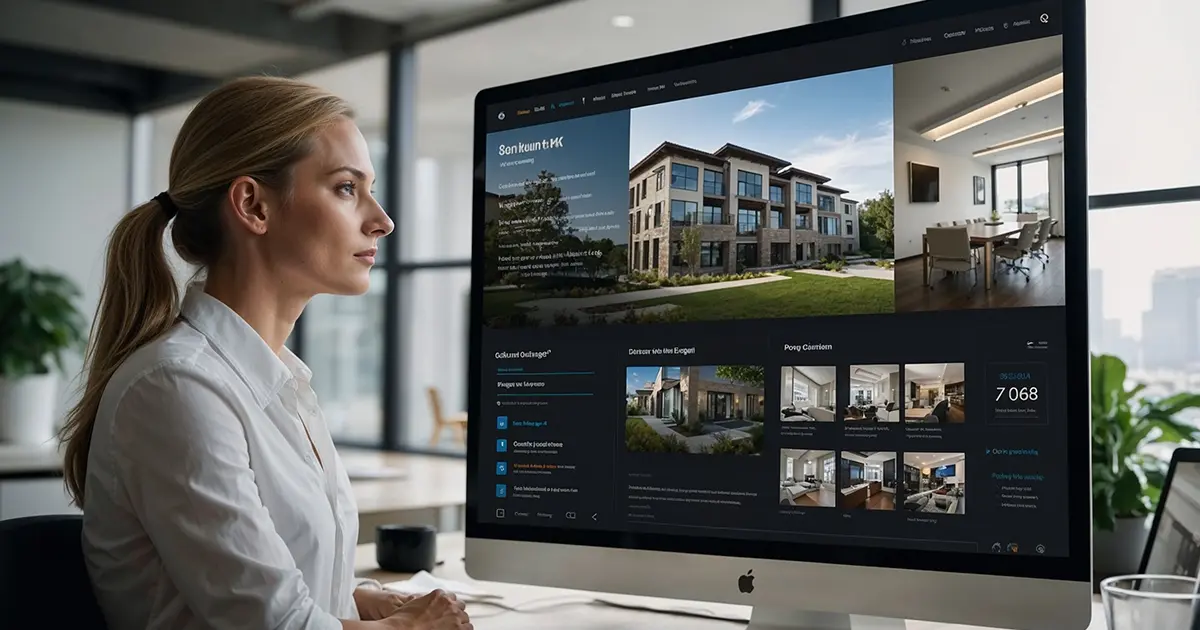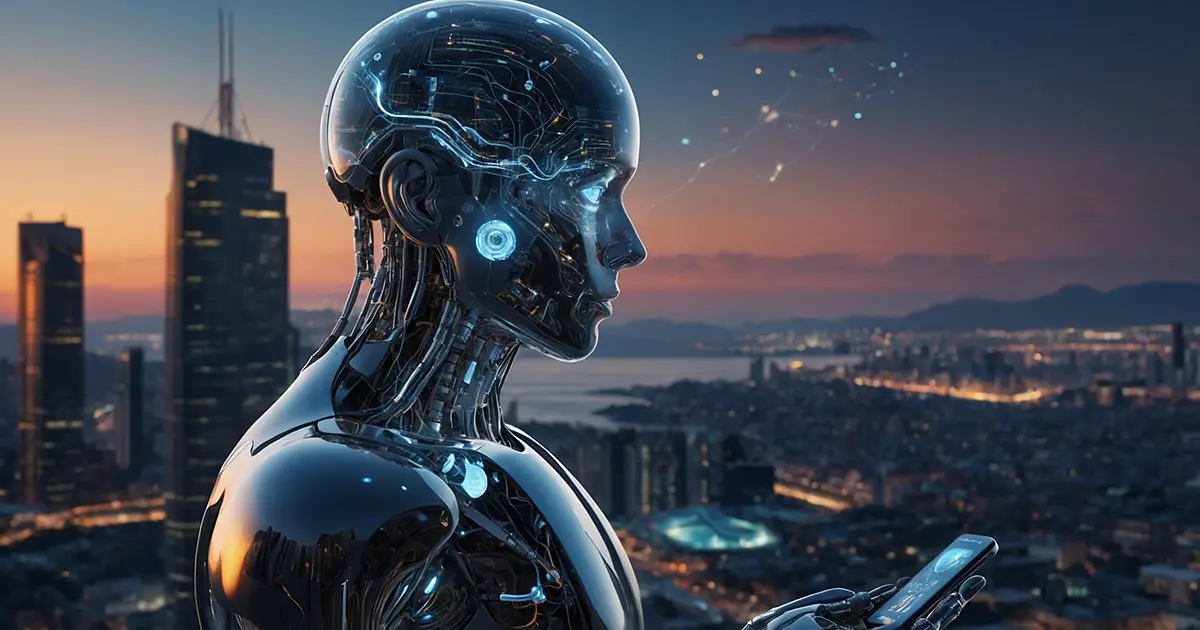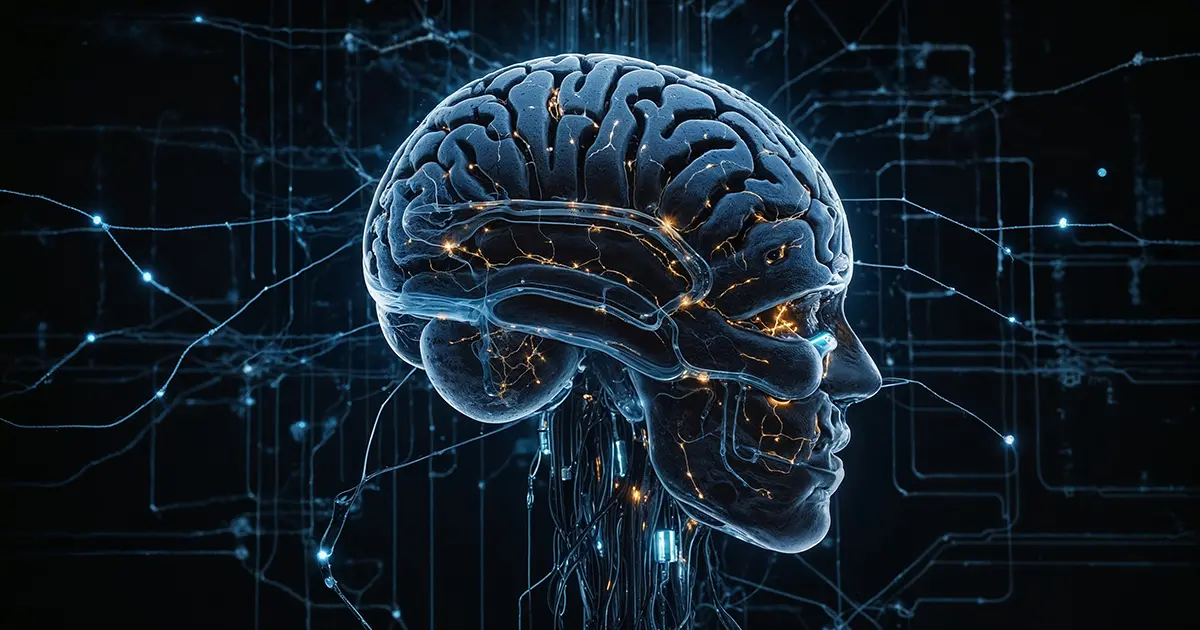IoT and AI for Beginners: Smart Devices Explained
The Internet of Things (IoT) refers to a vast network of everyday devices that are connected to the Internet to share data and communicate with each other. From smart speakers and wearables to home appliances and vehicles, IoT devices are improving our lives by automating tasks, increasing efficiency, and even learning from our habits with the help of AI. As more devices become connected, IoT is transforming industries and everyday life. This guide explains what IoT is, how it works, and the role of AI in making these devices “smarter” for our everyday use.
What is the Internet of Things (IoT)?
The Internet of Things, often abbreviated as IoT, is the concept of connecting everyday objects to the Internet, allowing them to communicate with each other and with users. These devices are embedded with sensors, software, and other technologies that allow them to collect and share data. Examples include everything from smart refrigerators that monitor their contents to fitness trackers that monitor your heart rate.
The term “Internet of Things” was coined in 1999 by Kevin Ashton, a British technology pioneer, while working at Procter & Gamble. Ashton envisioned a world where devices could be connected to share information without human intervention. Fast forward to today, and IoT is everywhere – from homes to industries. IoT devices can perform simple tasks, such as controlling the temperature of a room, or more complex operations, such as managing supply chains for large corporations.

The Evolution and Impact of the IoT
The IoT began as a concept in the 1990s, but it wasn’t until the early 2000s that practical applications became possible. The invention of wireless networks, improvements in sensor technology, and the rise of smartphones have fueled the growth of the IoT. Companies such as Google, Amazon, and Samsung (South Korea) are pioneering the development of smart devices based on IoT technology. Amazon’s Alexa, for example, can control home lighting, play music, and even create shopping lists, all thanks to IoT.
Today, IoT is helping industries such as healthcare, agriculture, and transportation become more efficient. Smart cities, where transportation systems, waste management, and energy networks are connected, are another promising application.
How AI supercharges the IoT
While the IoT enables devices to collect and share data, artificial intelligence (AI) enables these devices to learn from that data. AI algorithms analyze the information collected by IoT devices, helping them adapt to changing circumstances. For example, a smart thermostat uses AI to learn your heating preferences and automatically adjust the temperature without your input.
Companies like Google and IBM are leading the integration of AI and IoT. Google’s Nest thermostat, for example, adjusts itself based on your daily routines, using both IoT and AI to save energy and improve comfort. IBM’s Watson IoT platform helps businesses analyze massive amounts of IoT data to optimize operations.

Real-world IoT examples
IoT is no longer a futuristic concept; it’s here today, and it’s changing the way we interact with the world around us. Here are some real-world examples of IoT in action:
Key IoT Concepts
Here’s a list of key concepts that are essential to understanding the IoT:
- Sensors: Devices that collect data from the environment, such as temperature, motion, or heart rate.
- Connectivity: The means by which devices communicate with each other, usually through Wi-Fi or Bluetooth.
- Data Processing: Once data is collected, it is either analyzed locally on the device or sent to the cloud for processing.
- User Interface: The way users interact with IoT devices, whether through an app, voice command, or a control panel.
How the IoT benefits everyday life
The IoT has made life more convenient in many ways. In a smart home, for example, your thermostat can adjust the temperature before you even walk in the door, or your lights can turn off when you leave the house, saving energy. In healthcare, IoT devices monitor patients in real time, allowing doctors to receive updates without a physical visit. Even in agriculture, farmers are using the IoT to monitor soil conditions and optimize irrigation.

Getting started with IoT: Practical steps
If you’re interested in getting started with IoT, here are some practical steps you can take:
Where to learn more about IoT
There are many resources available online to help you deepen your understanding of the IoT. Sites like IoTForAll.com and Techopedia offer beginner-friendly guides and tutorials on IoT devices and their applications. You can also explore YouTube channels that offer practical advice on setting up and using IoT devices in your home.

















